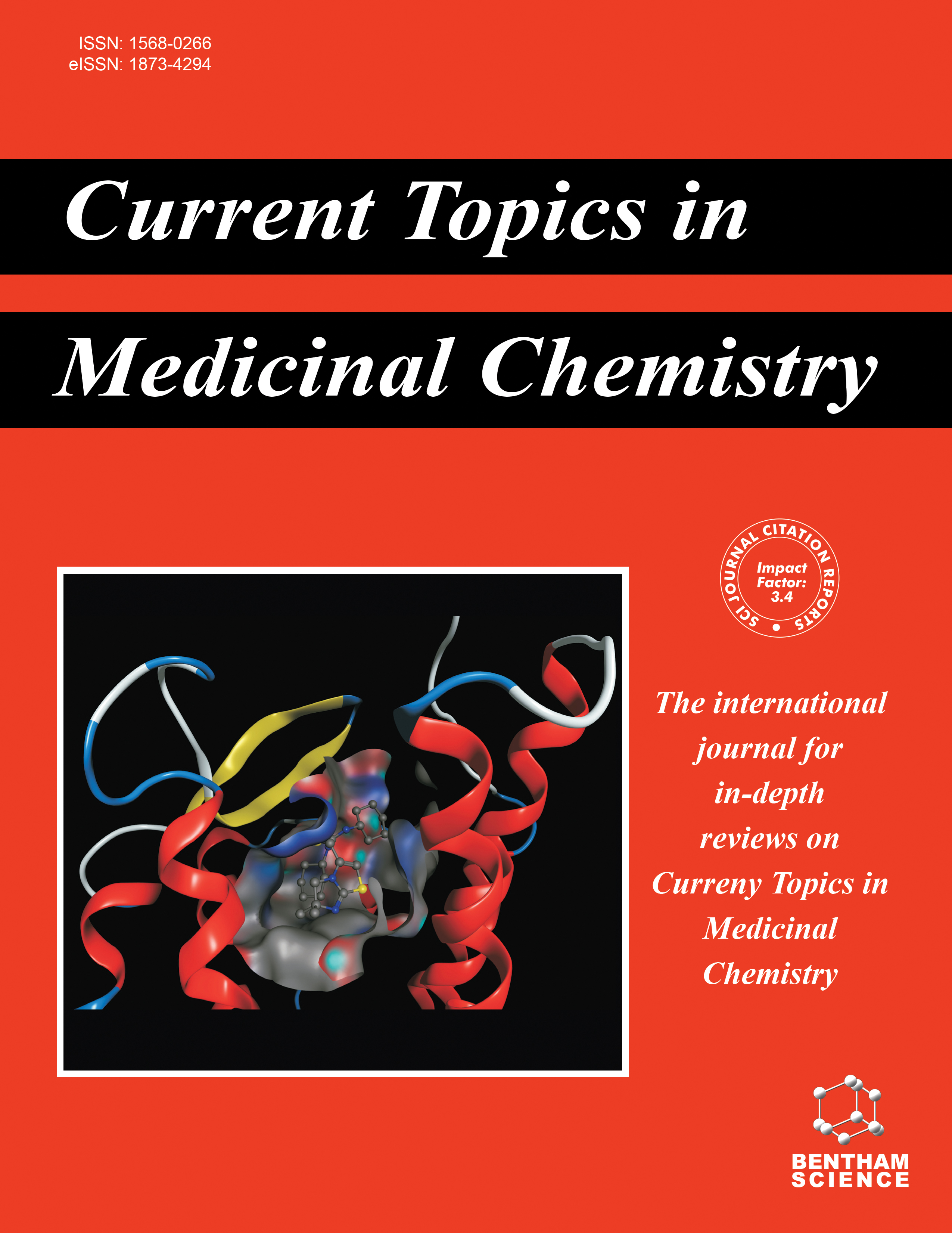
Full text loading...
We use cookies to track usage and preferences.I Understand
Neuroinflammation is a process involved in a variety of central nervous system (CNS) diseases and is being increasingly recognized as a key mediator of cognitive impairments. Neuroinflammatory responses including glial activation, increased production of proinflammatory cytokines, and aberrant neuronal signaling, contribute to cognitive dysfunctions. Histamine is a key peripheral inflammatory mediator, but plays an important role in neuroinflammatory processes as well. The unique localization of histamine H3 receptor (H3R) in the CNS along with the modulation of the release of other neurotransmitters via its action on heteroreceptors on non-histaminergic neurons have led to the development of several H3R ligands for various brain diseases. H3R antagonists/inverse agonists have revealed potential to treat diverse neuroinflammatory CNS disorders, including neurodegenerative diseases, attention-deficit hyperactivity syndrome and schizophrenia. In this mini review, we provide a brief overview on the crucial involvement of the histaminergic transmission in the neuroinflammatory processes underlying these cognitive disorders, with a special focus on H3R involvement. The anti-neuroinflammatory potential of single-targeted and multi-targeted H3R antagonists/inverse agonists for the treatment of these conditions is discussed here.

Article metrics loading...

Full text loading...
References


Data & Media loading...

